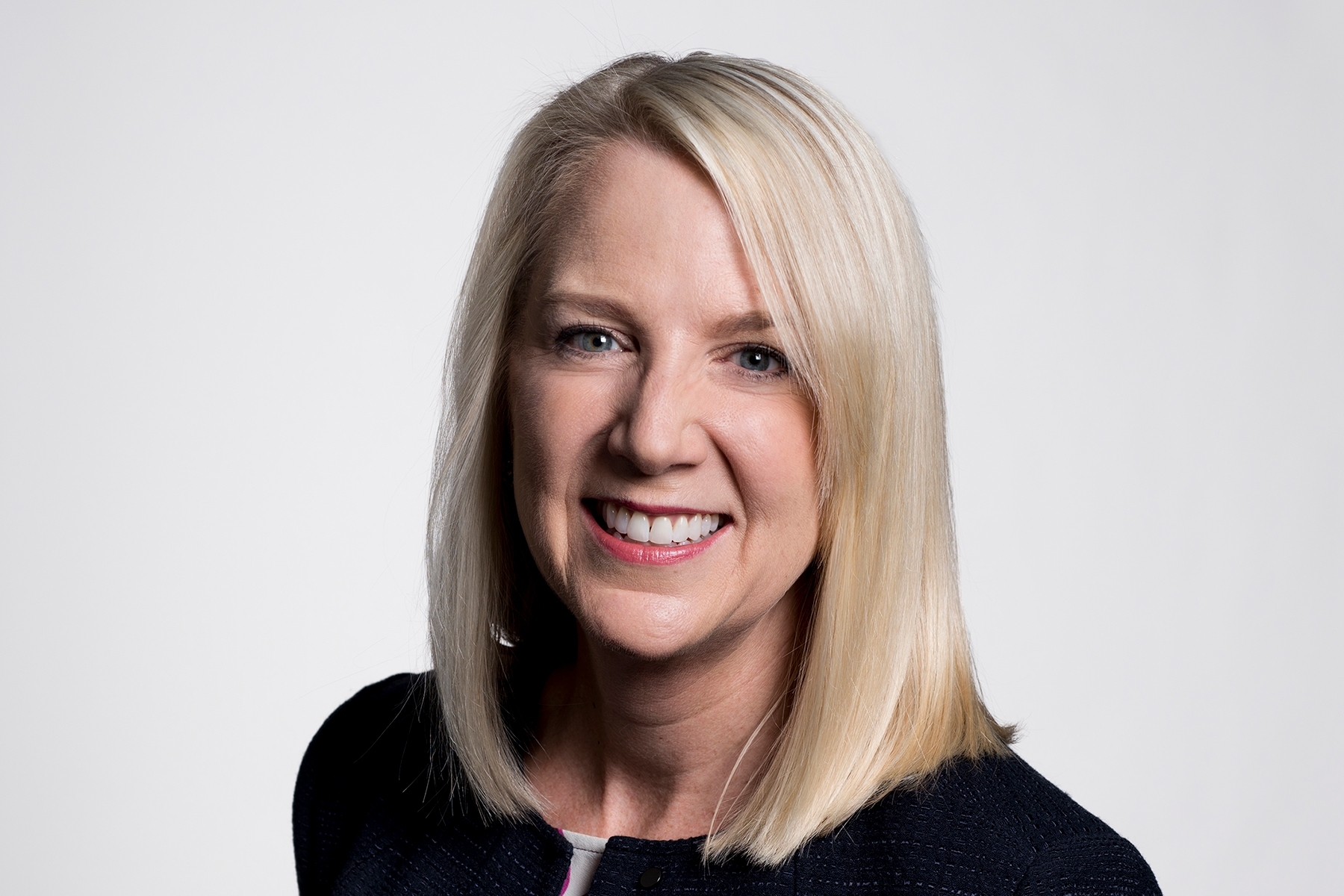What Secure 2.0 Means for Retirement-Plan Contributions
Ed Slott on the legislation’s provisions for matching and catch-up contributions as well as for workers who currently lack a company retirement plan.
Key Takeaways
- One of the key goals of Secure 2.0 was to make it easier for people to contribute to company retirement plans, especially if the company doesn’t already field one.
- The possibility of people, especially affluent savers, potentially overfunding 529s to take advantage of new opportunities.
- New changes to the catch-up contributions going to Roth accounts.
Christine Benz: Hi, I’m Christine Benz from Morningstar. Newly passed retirement legislation has significant implications for retirement savers. Joining me to discuss some of the key provisions for people who are in accumulation mode is tax and retirement planning expert Ed Slott.
Ed, thank you so much for being here.
Ed Slott: Thanks, Christine. Great to be back.
Benz: Well, it’s great to have you here. Now, I want to talk about some of the implications of Secure 2.0 for people who are contributing to their retirement plans. One of the key goals of Secure 2.0 was to make it easier for people to contribute to company retirement plans, especially if the company doesn’t already field one. What’s the starter 401(k) that Secure 2.0 allows for?
Slott: Well, as you said, that’s for a company that doesn’t already have a 401(k), so they could set up this startup plan. But it’s weird. It works like an IRA. It’s set to the IRA limits. There’s no employer matching. In other words, with a plan, you can obviously put in a lot more money. For example, in 2023, you can put in, with the catch-up contribution, up to $30,000. This would be limited to the IRA amount, but it’s something for people that otherwise wouldn’t have a plan, and they can put the money in there. I don’t know how well that’s going to catch on, because if you’re going to do it as an employer, you may as well just have the regular 401(k), I guess.
Benz: I want to talk about some of the changes to 401(k) plans themselves. In the past, people who were contributing to Roth 401(k)s had no option for their employer matching contributions. They had to go into the traditional 401(k). Now employees can opt to have those matching contributions sent to the Roth 401(k). Can you describe what’s going on there and the mechanics of that for people who are contributing to the Roth 401(k)?
Slott: One word—revenue—and they don’t even hide it. It’s in the bill. It’s under a separate giant title called Revenue Provisions. Congress needs revenue, and they see the Roth as the Golden Goose there. So, they want, I call it Rothamania. Years ago—I think it’s like four or five, maybe six years ago, do you remember the Rothification word was bandit around? Congress was on to it then, but they went too far years ago. They wanted to cut out all 401(k) contributions. They wanted everybody to go Roth. So, now they’re doing it piecemeal.
So, why do they like the Roth? Well, I like the Roth, too, so I think this is good for everybody—because it creates revenue. So, now, they have, what I call Rothamania. Now you have SEP and SIMPLE Roths—didn’t exist before. The matching contributions can go to your Roth 401(k). Even catch-up contributions in a plan for those 50 or over can go to a Roth 401(k). In fact, Congress went even further here. The catch-up contributions must go to the Roth 401(k) if your wages from that company exceeded $145,000 the prior year. So, they want all higher-income people. They want to force them to the Roth 401(k), so they don’t get the big deductions because that creates revenue.
But I think that’s great. Some people may say, “But I want my 401(k) deduction.” It’s not worth that much when rates are low. You’re better off piling in just like Congress wants. This is a great provision. Congress brings in revenue, and it’s good for people long term because now you’re building tax-free. There’s even a provision in there where—this is more Roth-related, not on the plan side, but for the IRAs for people with leftover 529 accounts—where they can push money, do a one-time rollover of up to $35,000. You can’t do it all at once. You’re limited to the IRA contribution limit each year, and there are other limitations. But if you have a 529, those education accounts that may not be used, you can move them, roll them over to a Roth IRA as long as your 529 has been in effect for 15 years and there’s some other limitations. But that’s not a bad provision. So, you have all these Roth-related provisions. This is one of the big themes of the Secure 2.0. They want to push everything Roth because they need the revenue, and I think it’s good all around.
Benz: I wanted to ask about that 529 opportunity, Ed. It seems like some financial planners I know are very excited about that. Do you think potentially we might see some people, especially affluent savers, overfunding 529s, potentially?
Slott: Not because of this. That’s why they limit it to a lifetime amount of $35,000, and it’s limited to the IRA contribution amount each year. So, what are you going to get? $6,000 or $7,000 a year? If anything, maybe not overfund those things, because Congress is even acknowledging that some of these leftover accounts where they’re not being used for education could be subject to tax and penalty. And if you can get that money into a Roth, you can use it for whatever you want, even education.
Benz: I want to go back to what you said about catch-up contributions—some changes there in terms of catch-up contributions going to Roth accounts. Can you discuss other changes to the catch-up amounts that Secure 2.0 provides for?
Slott: This is a strange rule. I don’t know, it must be budget-gimmickry. I don’t know why they picked, but they picked ages 60 to 63. So, if you’re 60, 61, 62, 63, a special additional catch-up—now that doesn’t take effect for a few years—but additional catch-up geared to 150% of the current catch-up. So, if you have the disposable income right now, for example—it’s not available now, but if it was—for ‘23, the catch-up amount is $7,500, so 150% would be $11,250. So, it’s going to be at least that when it hits in ‘24, I believe, or ‘25, whenever that number kicks in. So, if you have the disposable income and you’re in that age bracket—why that age bracket? Before 60, maybe they don’t think you have to catch up. But the day after 63, they figure that’s enough—I don’t know. Again, I can only go back to it has to be in the budget workings, the inner workings on the revenue side, what it’s going to cost maybe. I don’t know. But it’s good—if you have the extra income, you can really pile away, for those 50 or over, a lot of money into a Roth 401(k).
Benz: Ed, it’s always great to get your perspective. Thank you so much for being here to discuss Secure 2.0.
Slott: Thanks, Christine.
Benz: Thanks for watching. I’m Christine Benz from Morningstar.com.
Watch “Everything You Need to Know About Roth IRAs” for more from Christine Benz.
The author or authors do not own shares in any securities mentioned in this article. Find out about Morningstar’s editorial policies.

:quality(80)/cloudfront-us-east-1.images.arcpublishing.com/morningstar/EC7LK4HAG4BRKAYRRDWZ2NF3TY.jpg)
